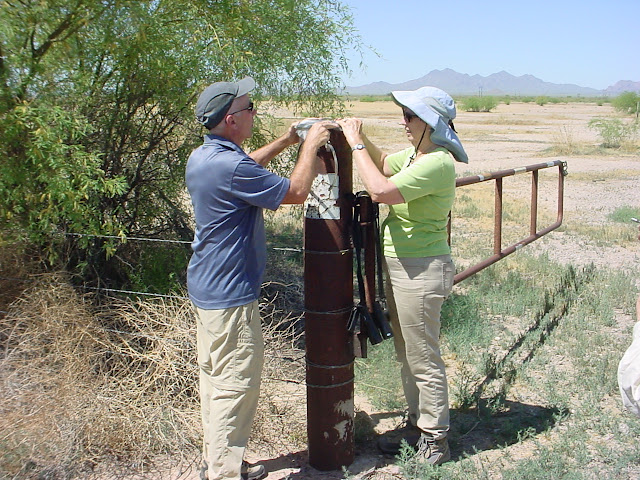Torture Within: the Hidden Threat of Death Pipes
By Olya Weekley
Every day birds have to navigate the dangers of living in close proximity to humans. One such threat, lurking in plain sight, is the open vertical pipe. Commonly referred to as Death Pipes, these seemingly innocuous structures pose a significant risk to birds and other wildlife. Small creatures can become trapped inside them when seeking a place to nest, hibernate, or roost. Unable to climb the smooth surface of the pipe or spread their wings, birds eventually die a slow agonizing death. Some of the most commonly affected species include bluebirds, flycatchers, woodpeckers, sparrows, shrikes, kestrels, and even owls. Cavity nesting birds are the most likely victims, but lizards, snakes, small mammals, and insects have also fallen victim to these pipes.
Determining the true extent of bird and animal fatalities caused by open pipes is challenging since the victims remain concealed until the pipes are removed. A striking example of the magnitude of this issue occurred in 2009 when Audubon California dismantled a 20-foot-tall pipe from an abandoned irrigation system that had been in place for 50 years. To their shock, they discovered hundreds of deceased birds and animals, including kestrels, flickers, bluebirds, and fence lizards. Until then, the existence of this particular death trap was unknown.
Open pipes serve a variety of purposes, from functioning as fence posts and gate anchors to signposts or markers for boundaries and mining claims. Even vent and irrigation pipes, when left uncovered, pose a threat. Once you are familiar with the concept of death pipes, their ubiquity becomes apparent. As birders, we often venture into wilderness areas, making us valuable allies in locating and reporting these hazards. By increasing our vigilance, we can help protect the animals around us.
Taking Action:

Several methods exist to cap open pipes that serve no obvious function. Temporarily, you can place a large rock on top of the pipe or stuff trash, vegetation, or rocks inside. For those addressing pipes on their own property and seeking a more permanent solution, options include using wire mesh with a clamp, a cement cap, or complete removal of the pipe. The possibilities are endless, but ensure the cap is secure and not easily movable by wind or animals. For necessary ventilation or irrigations, specialized screens and caps are available.
Death pipes are an easily overlooked but big threat to birds. By increasing awareness and actively participating in their detection, we can prevent these unnecessary deaths for years to come. With the support of organizations like Arizona Sportsmen for Wildlife Conservation and individuals like you, we can make a difference. Join us in our efforts to identify and permanently cap these hazardous pipes!
More information and the reporting link can be found at tucsonaudubon.org/deathpipes.
Olya Weekley is Applied Conservation Project Manager at Tucson Audubon.




Comments
Post a Comment
Thanks, we value your opinions! Your comment will be reviewed before being published.